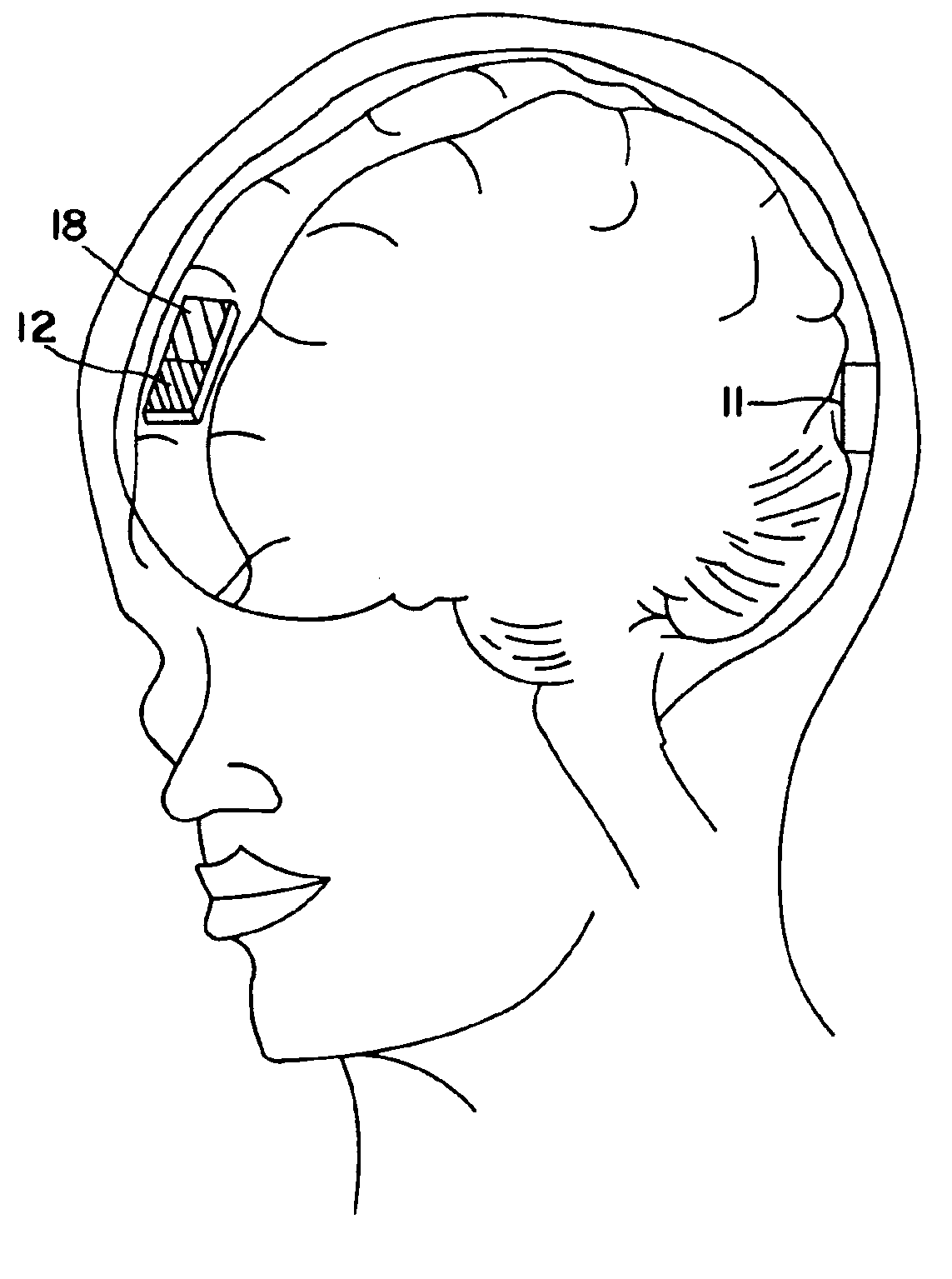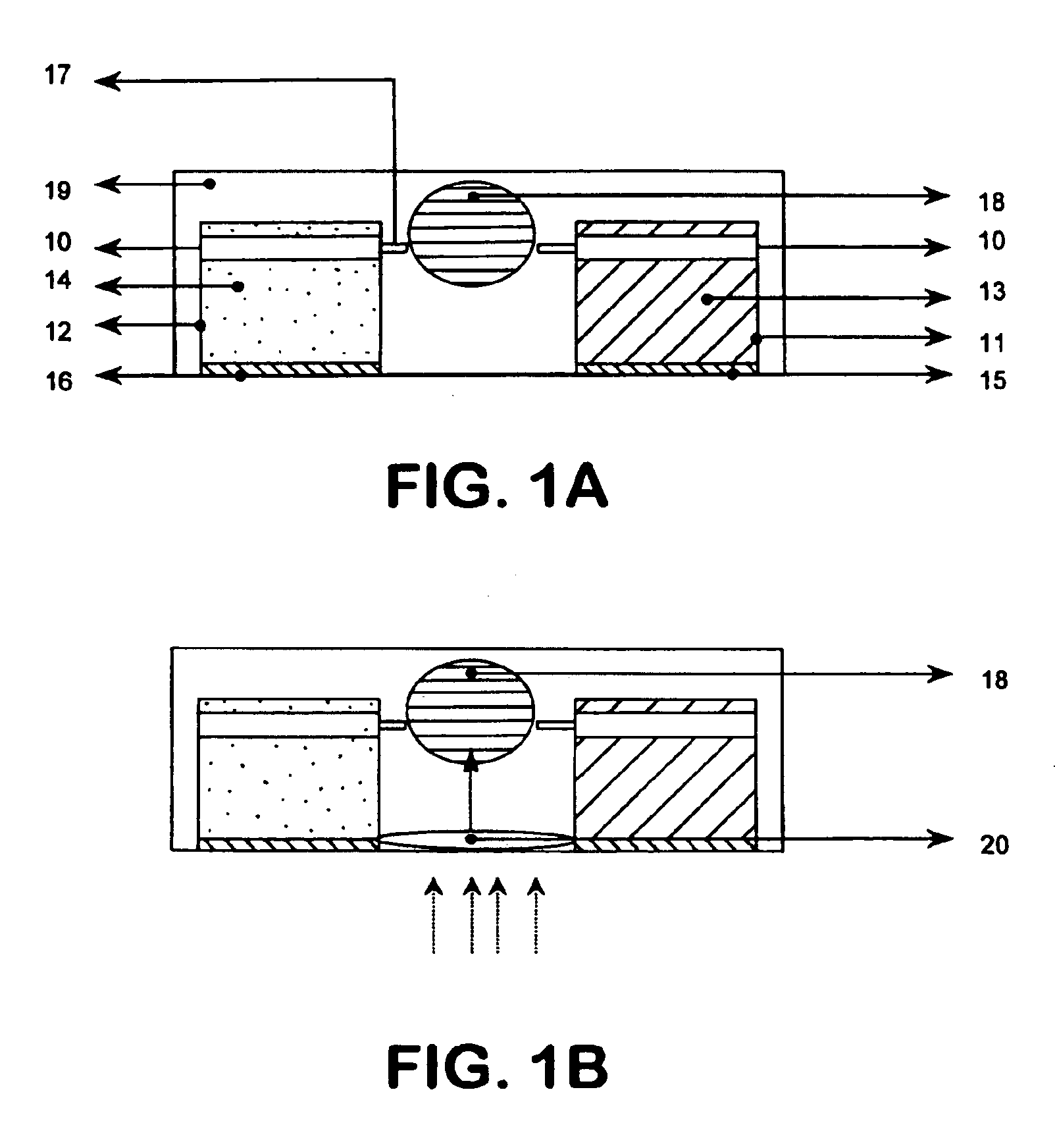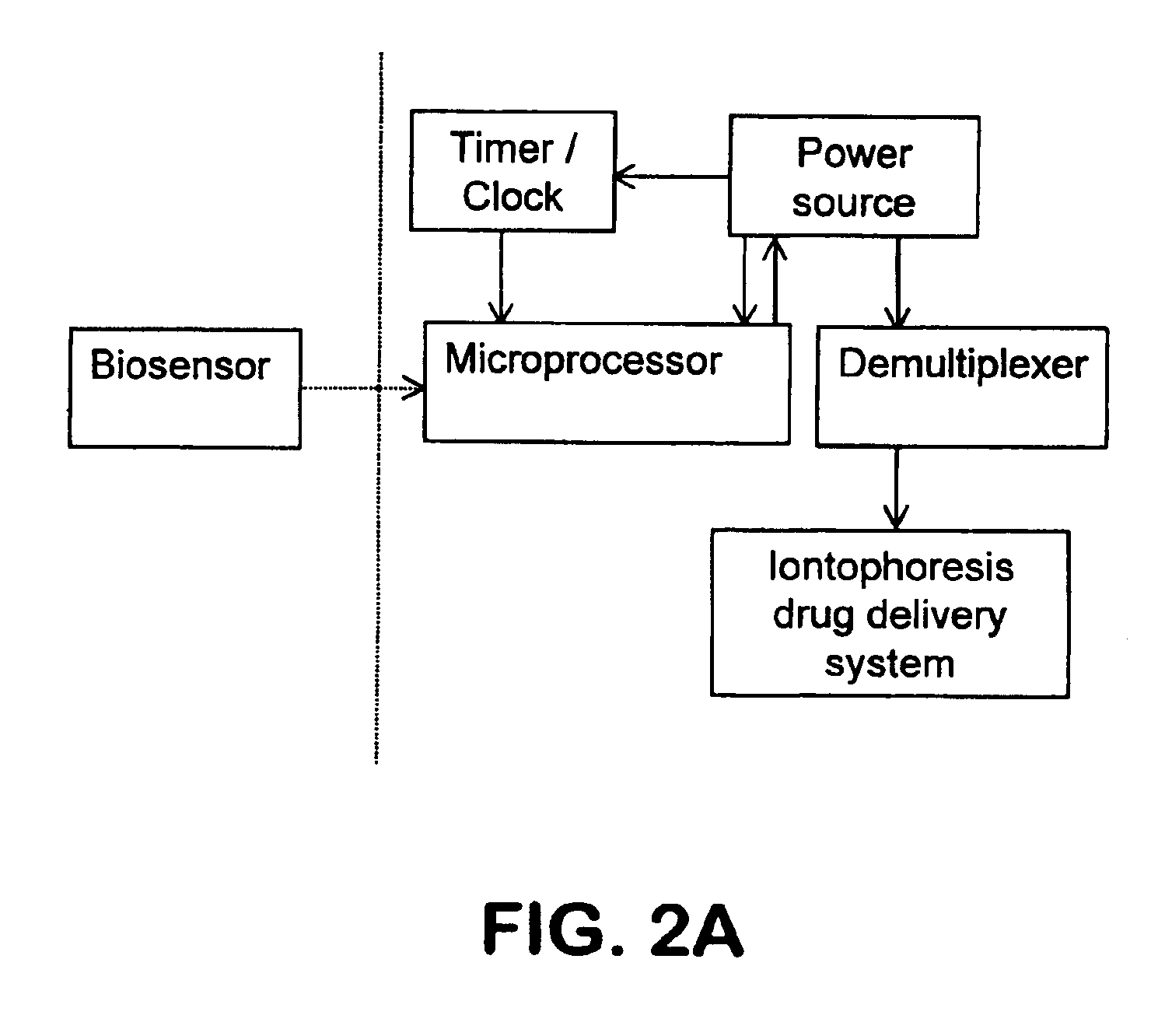Methods and apparatus for enhanced and controlled delivery of a biologically active agent into the central nervous system of a mammal
a biologically active agent and controlled technology, applied in the field of enhanced and controlled delivery of biologically active agents into the central nervous system of mammals, can solve the problems of minimal surgical intervention in invasive methods, and achieve the effect of effectively reducing the application or infusion time and enhancing and controlling the delivery of biologically active agents
- Summary
- Abstract
- Description
- Claims
- Application Information
AI Technical Summary
Benefits of technology
Problems solved by technology
Method used
Image
Examples
example 1
[0087]In an animal study that was approved by the German Animal Care and Use Committee an investigation was made of the effect of transnasal delivery of methylprednisolone on brain levels following 60 minutes of active (current application) and passive (no current application) transport via the olfactory route. The soluble form of methylprednisolone, methylprednisolone hemisuccinate (MW 496.50; C26H33NaO8) was purchased from Sigma Chemicals (Zwijndrecht, The Netherlands). A 20% solution of methylprednisolone hemisuccinate in bidistilled water was prepared and used as donor formulation for cathodal transnasal iontophoresis.
[0088]Eight New Zealand White male rabbits, each weighing between 3.0-3.5 kg, were anaesthetised with an intraperitoneal injection of a 25% urethane solution (Riedel-de-Haen; 5 mil / kg). The back and the neck of the animals were shaven to allow for proper skin contact with the receptor electrode. A catheter was placed in the arteria femoralis for blood sample collec...
example 2
Material and Methods:
[0092]The brain levels of Tacrine hydrochloride following transnasal iontophoretic delivery was studied in nine New Zealand white rabbits (weight 3.0-3.5 kg). Tacrine hydrochloride is a drug used in the treatment of Alzheimer's disease but that evokes a large number of adverse (systemic) reactions. The drug was administered by two nasal electrodes that were each deep inserted in the nasal passages. The receptor electrode was positioned at the back of the animal's head. The animal was prior to delivery exsanguinated so that drug transport via the systemic compartment to the brain cannot occur.
[0093]A 0.36 M solution of Tacrine hydrochloride monohydrate (9-amino-1,2,3,4-tetrahydroacridine hydrochloride monohydrate) in bidistilled water was used as donor formulation and the two nasal donor electrodes were each filled with 250 μl of the donor formulation. The receptor electrode used in the experiments was saturated with a 0.9% NaCl solution. The iontophoresis appara...
PUM
 Login to View More
Login to View More Abstract
Description
Claims
Application Information
 Login to View More
Login to View More - R&D
- Intellectual Property
- Life Sciences
- Materials
- Tech Scout
- Unparalleled Data Quality
- Higher Quality Content
- 60% Fewer Hallucinations
Browse by: Latest US Patents, China's latest patents, Technical Efficacy Thesaurus, Application Domain, Technology Topic, Popular Technical Reports.
© 2025 PatSnap. All rights reserved.Legal|Privacy policy|Modern Slavery Act Transparency Statement|Sitemap|About US| Contact US: help@patsnap.com



